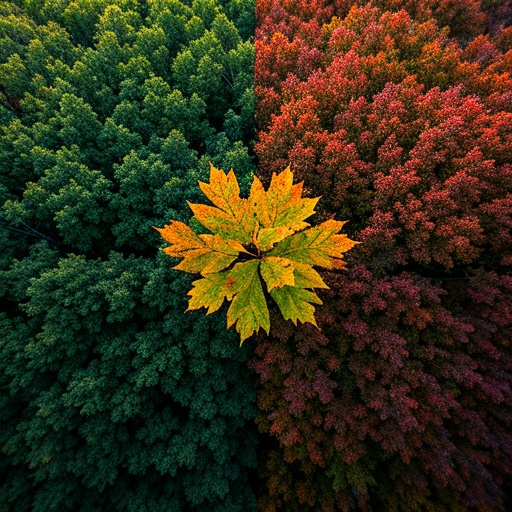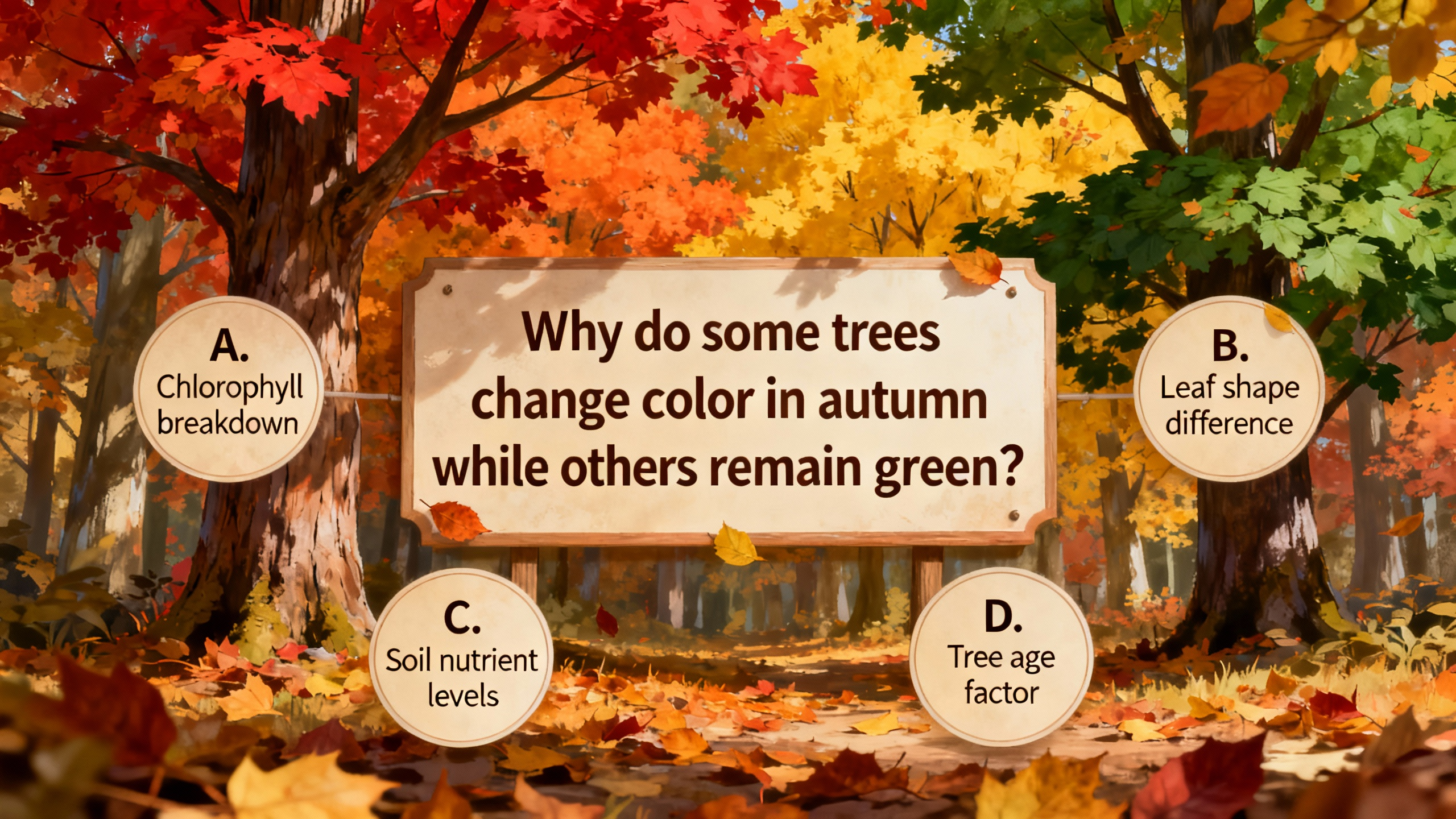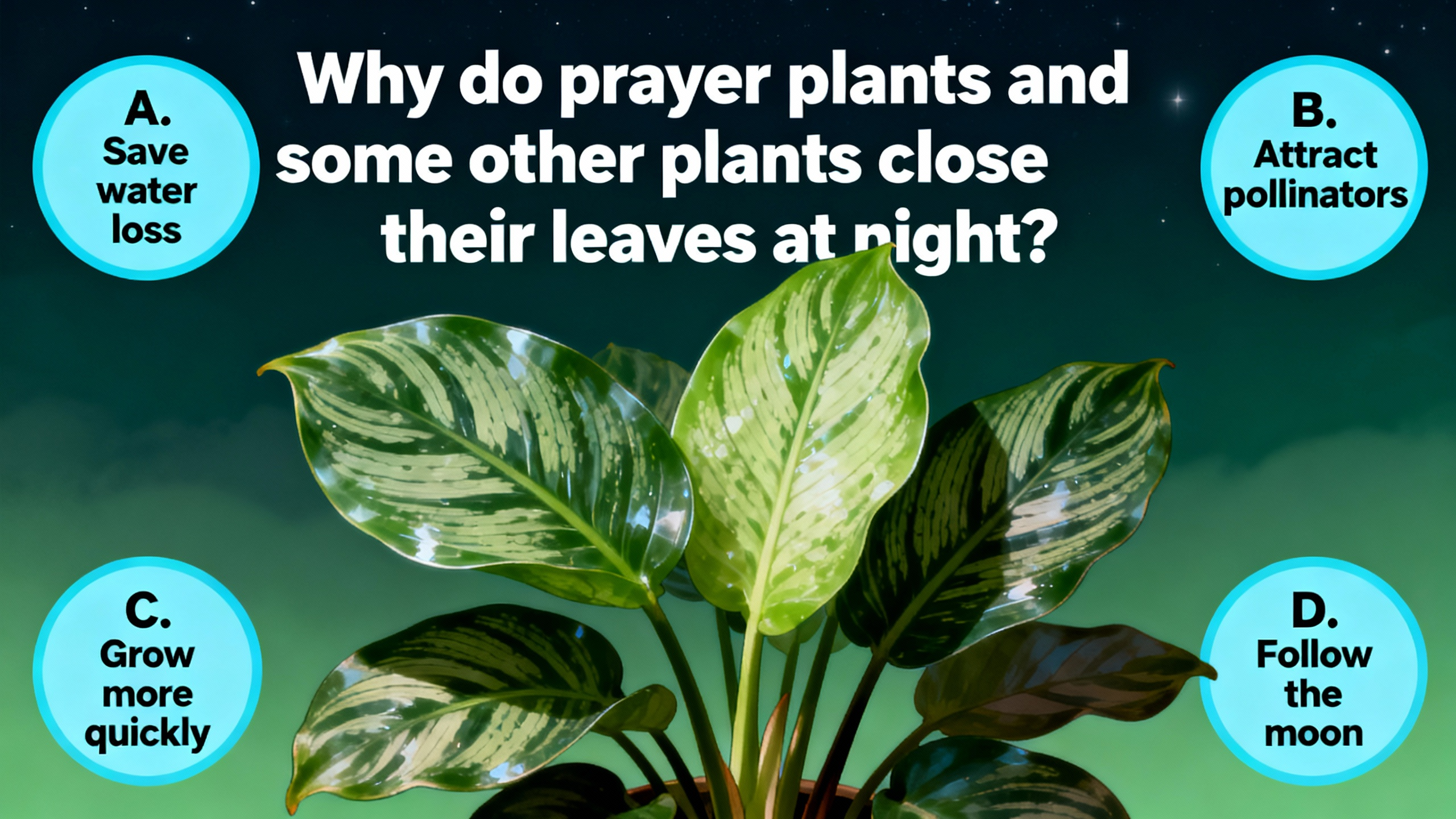Why Do Some Trees Change Color in Autumn While Others Stay Green?
The phenomenon of some trees changing color in autumn while others stay green is mainly due to their different biological characteristics and adaptation strategies. 
Deciduous trees, which change color in autumn, have a particular way of dealing with the approaching cold and reduced sunlight. As the days get shorter and temperatures drop in autumn, these trees begin to prepare for winter dormancy. Chlorophyll, the pigment that makes leaves green and is crucial for photosynthesis, starts to break down. Chlorophyll masks other pigments in the leaves, such as carotenoids (which produce yellow, orange, and brown colors) and anthocyanins (which create red and purple hues). When chlorophyll breaks down, these other pigments become visible, causing the leaves to change color. Additionally, as the tree stops transporting nutrients to the leaves and starts to seal off the connection between the leaf and the branch, the leaf gradually dies. Eventually, the leaves fall off, which helps the tree conserve water and energy during the harsh winter months. Examples of deciduous trees include maple, oak, and birch. 
On the other hand, evergreen trees, which remain green throughout the year, have adapted to keep their leaves. These trees typically have needle - like or scale - like leaves with a thick waxy coating. This coating helps reduce water loss and protects the leaves from cold temperatures and drying winds. Evergreens can continue photosynthesis even in colder conditions, although at a slower rate. Their leaves are also more durable and can last for several years. For instance, pine, spruce, and fir trees are evergreens. They have evolved to maintain their foliage so that they can quickly resume full - scale photosynthesis when the environmental conditions improve in spring, giving them a competitive edge in certain ecosystems. 
In conclusion, the difference in leaf color change between these two types of trees is a result of their distinct evolutionary adaptations to seasonal changes, which allow them to survive and thrive in their respective habitats. 










